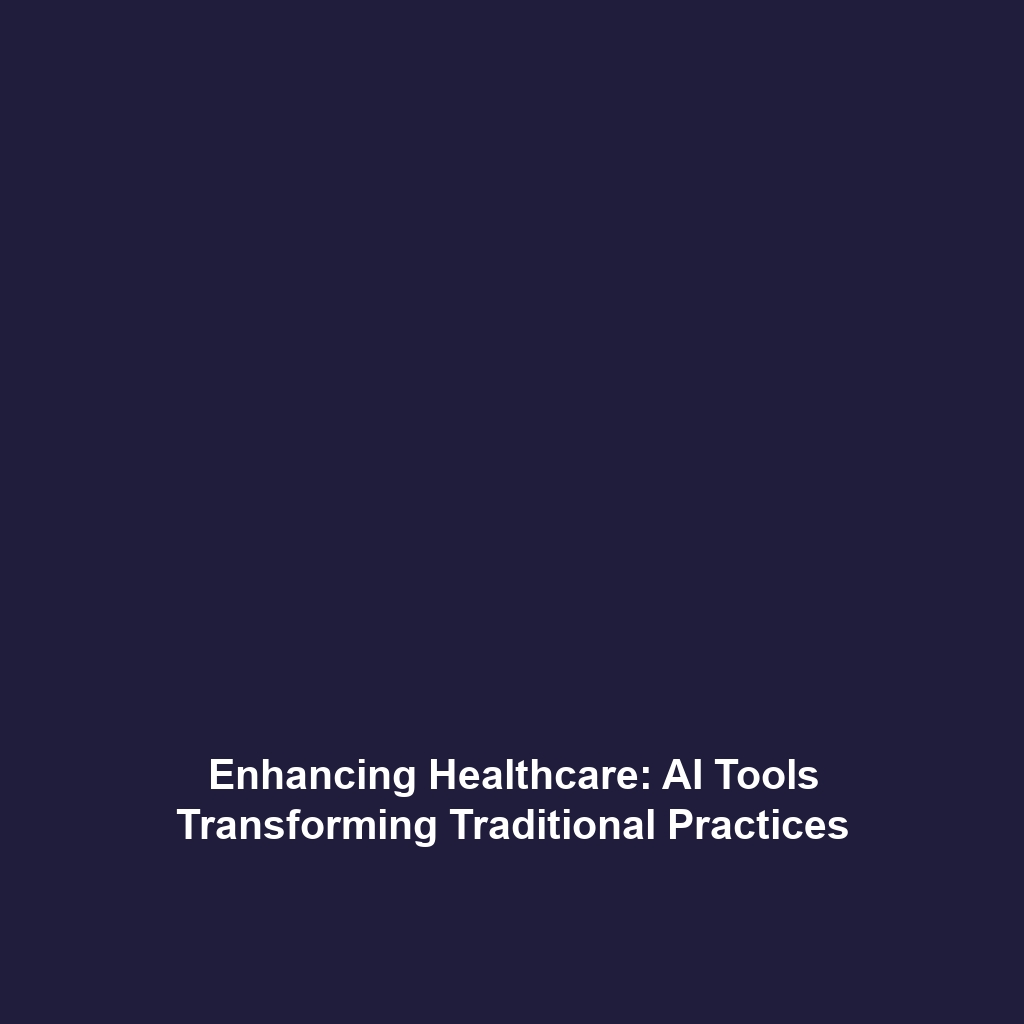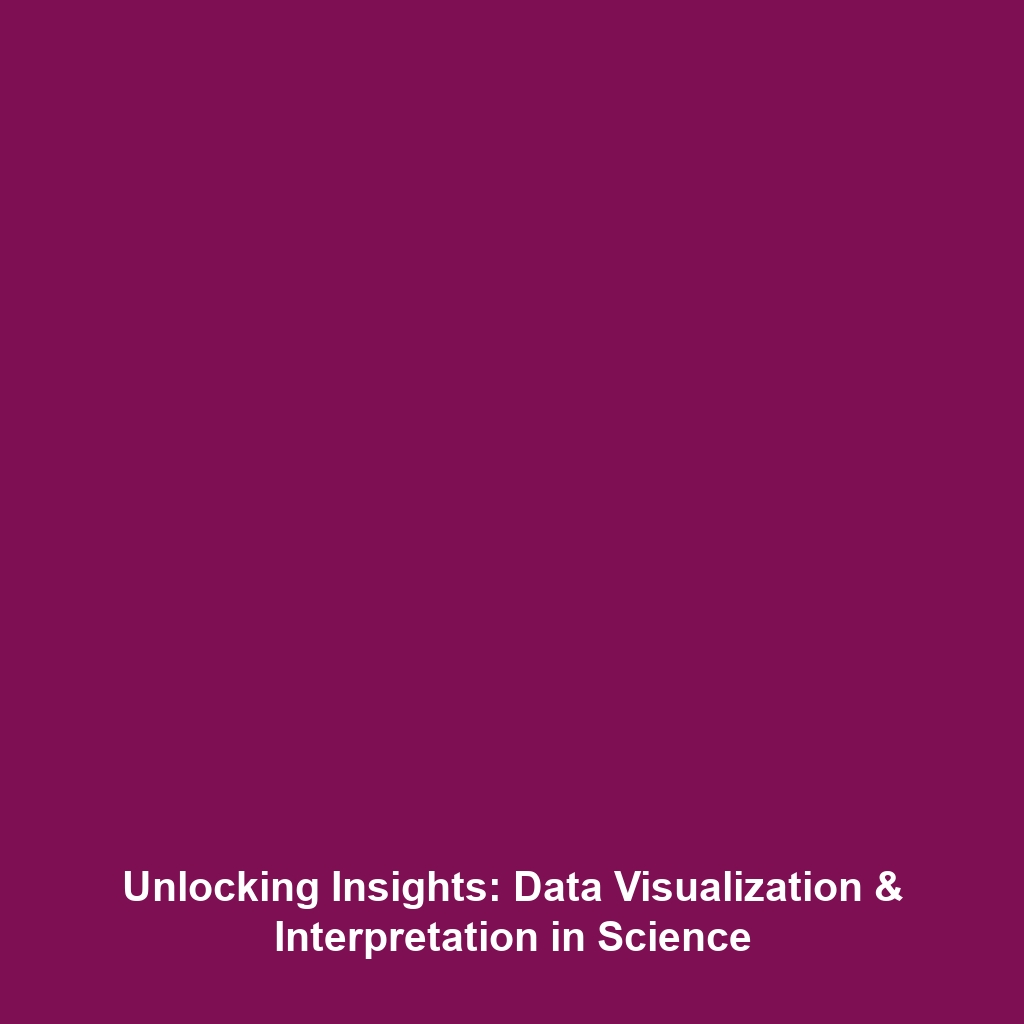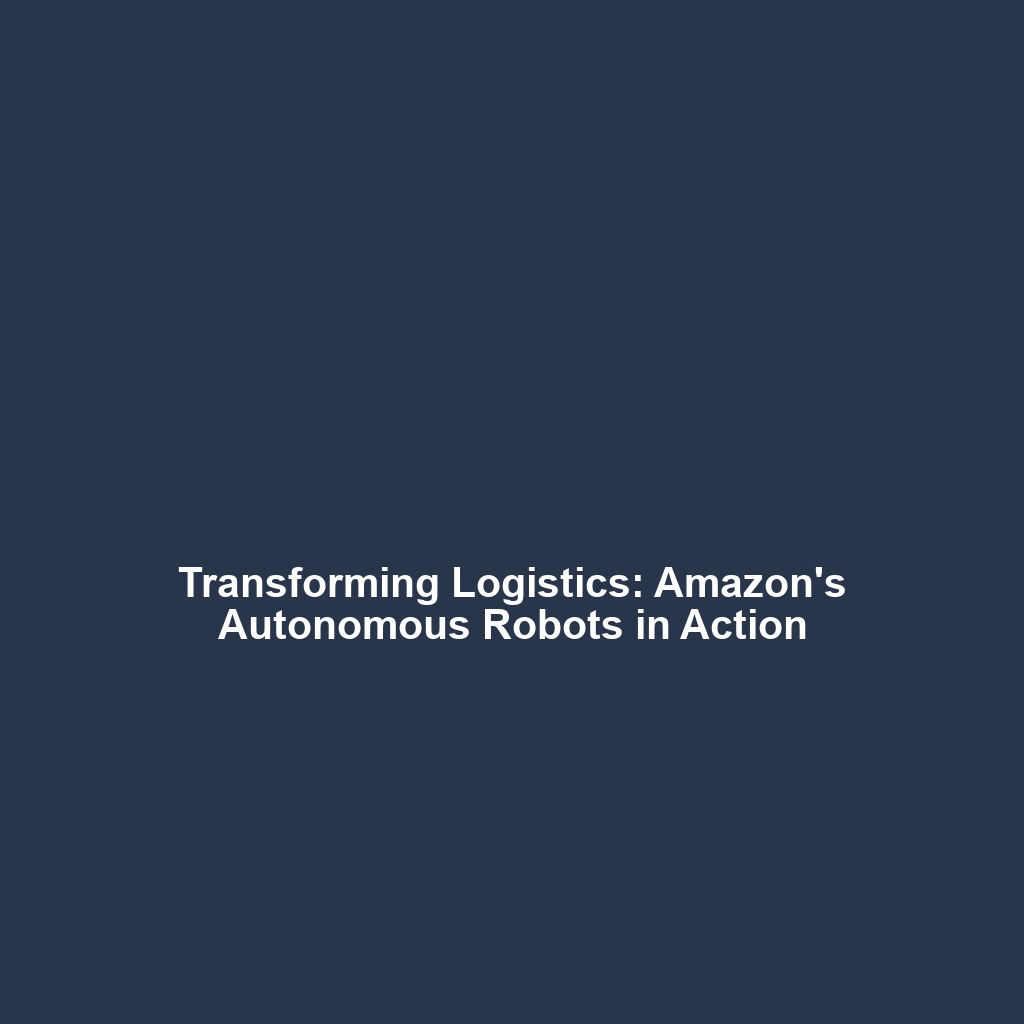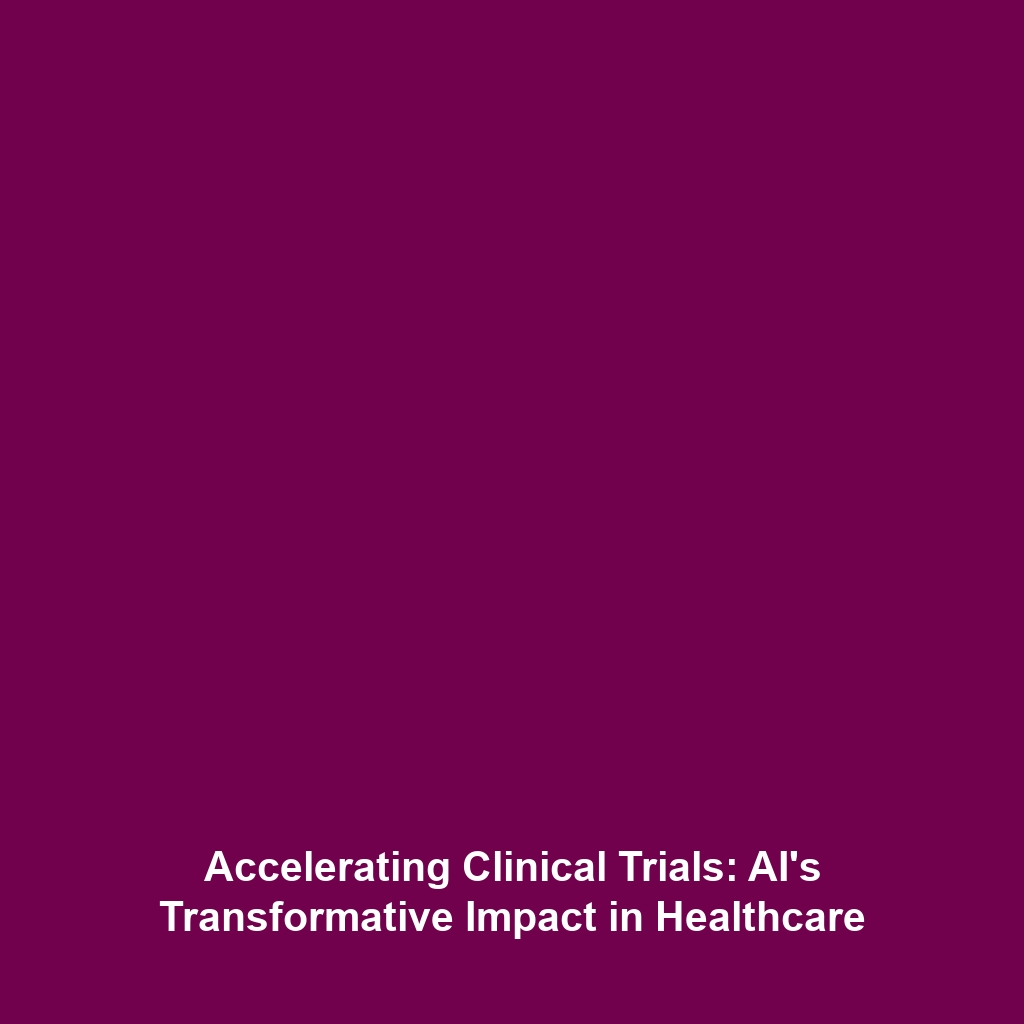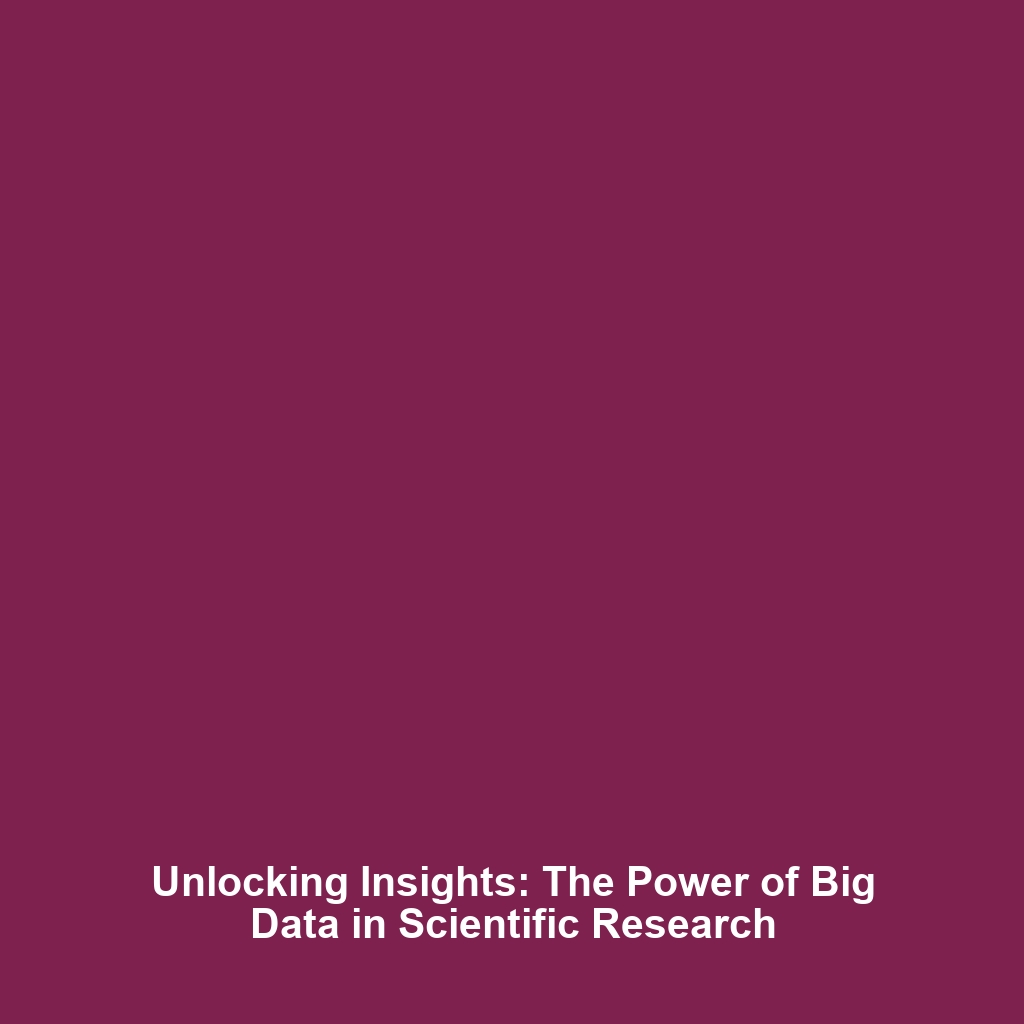Examples of Black Holes Observed via Lensing
Introduction
Black holes remain one of the universe’s most enigmatic phenomena, capturing the imagination of astronomers and the public alike. Among the many fascinating aspects of black holes, the phenomenon of gravitational lensing stands out as a powerful tool for observing these elusive entities. Gravitational lensing occurs when a massive object, such as a black hole, bends the light from objects behind it. This process not only aids in identifying black holes but also enhances our understanding of their mass, structure, and the surrounding spacetime. Here, we explore notable examples of black holes observed through lensing, highlighting their significance in the broader context of astrophysics.
Key Concepts
Gravitational Lensing
Gravitational lensing is based on Einstein’s theory of general relativity, which posits that massive objects warp spacetime around them. When light from a distant star passes near a black hole, the strong gravitational field can bend the light, causing the star to appear distorted or magnified. This effect has allowed astronomers to identify several black holes that would otherwise be difficult, if not impossible, to detect.
Observational Techniques
Modern telescopes equipped with advanced imaging technology, such as the Hubble Space Telescope, have been instrumental in recording instances of gravitational lensing. By analyzing the light patterns and distortions, researchers can infer the presence and properties of black holes, contributing to our knowledge of their distribution and behavior across the universe.
Applications and Real-World Uses
The study of black holes through lensing not only furthers our understanding of the universe but also has practical applications:
- Identifying dark matter: Observations of lensing can help map dark matter’s distribution in galaxies, providing insights into its role in cosmic structure.
- Testing general relativity: Gravitational lensing serves as a natural laboratory for testing Einstein’s theories under extreme conditions.
- Investigation of supermassive black holes: Lensing events can reveal the presence of supermassive black holes at the centers of galaxies, enhancing our understanding of galaxy evolution.
Current Challenges
Despite the advancements made in observing black holes via lensing, several challenges persist:
- Challenges of detecting faint objects: Many black holes are located far from Earth and may not emit detectable light, making them difficult to study.
- Issues in modeling lensing effects: Accurately modeling the effects of gravitational lensing requires complex calculations that can vary based on numerous factors.
- Data interpretation difficulties: The interpretation of lensing data is complex and highly dependent on the quality of the observational data.
Future Research and Innovations
The future of studying black holes via lensing appears promising, with several innovative research directions on the horizon:
- Advanced telescopes: Future telescopes, such as the James Webb Space Telescope, may provide unprecedented detail in observing lensing events.
- Artificial intelligence: AI technologies could enhance data analysis efficiency, facilitating the identification of lensing events and their corresponding black holes.
- Interferometry: Groundbreaking techniques such as gravitational wave interferometry may reveal new insights about black holes that are difficult to observe through traditional methods.
Conclusion
In summary, the examples of black holes observed via lensing represent a significant advancement in our understanding of these cosmic giants. The continued exploration of gravitational lensing not only supports black hole research but also enhances our comprehension of fundamental astrophysical processes. As telescope technology evolves and new methods are developed, the ability to observe and analyze black holes will only improve. For further insights into black holes and advanced astrophysical concepts, consider exploring related topics such as gravitational lensing and supermassive black holes.

